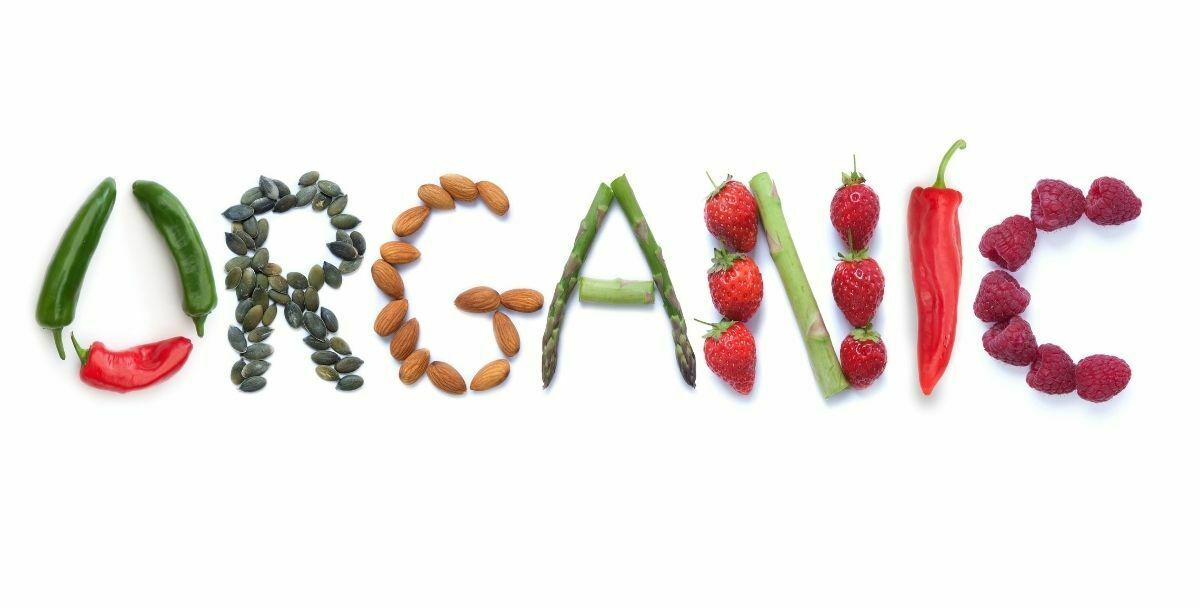How To Make Organic Food Colors Easily

Learning to make food colors from scratch is something you may be intimidated by if you’ve never done it before. But when you realize how easy it actually is, you’re going to wonder why you didn’t give it a go earlier! Natural food colors are a great way to add vibrant hues to your food, while enhancing the nutritional value of what you eat!
Aside from being easy to make, organic food colors are free from preservatives, artificial additives, and cost-effective. All you need to get started are fruits, vegetables, and water!
Organic food colors can be made in two simple ways. Let us take you through these:
With a juicer
First, stock up your kitchen with fruits and vegetables that are rich sources of organic food colors. Some commonly used ones include: beetroots, carrots, spinach, tomatoes, and strawberries/raspberries.
If you have a high-powered juicer or food processor, pick any of these vegetables or fruits, based on what color you desire.
- Put the vegetable/fruit in the juicer and add some water to this. Blend it till you get a smooth mixture.
- You can strain this mixture if you want to remove the excess water.
- Store the product in an airtight container and place it in the refrigerator. You can use this color for upto 2 weeks.
- If you plan to use the color you made in icing, batter, or frosting, only take 1 teaspoon.
Be careful to add small amounts of color if your source vegetable has a strong flavor of its own, so as not to dilute your final recipe.
Powdered sources
If you prefer using the powdered form of vegetables and fruits for organic food coloring, this method is for you.
- Take the powdered ingredient and mix it with water.
- Now mix this product with icing or knead to make a dough. You can use this dough as your organic food color.
Here are some powders that are good options to use organic food colors.
- Red- Tomato powder
- Green- Spinach/ kale powder
- Yellow- Turmeric powder
- Red-purple- Beetroot powder
If you’re feeling creative, you can always mix up two colors and make a third new one. It is fun to try and create different shades, especially if you’re whipping something up for kids.
While using organic food colors, you do have to keep in mind that the colors won’t be as concentrated as the ones you would have purchased from a store. So they are best used for icing and frosting purposes. If you plan to use these colors in a cake, for instance, make sure to add more of the color to get the hue you want.
Most of the colors you make will have a very mild flavor, except for yellow. Using turmeric can be tricky because the ingredient has a strong flavor of its own.
So you’ll need to find a way to bring down the original flavor of the color in whatever recipe you want to add it to.
